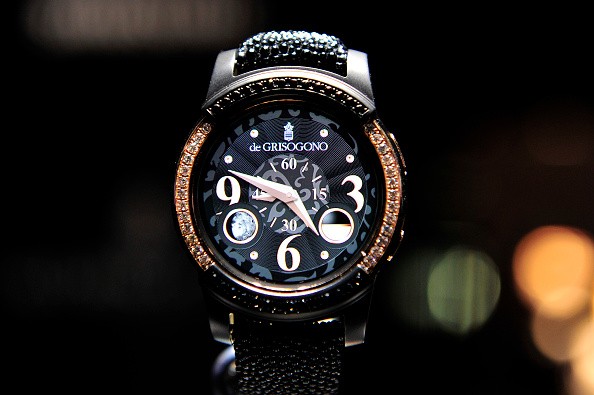Samsung has just filed for a patent that would potentially expand their future smartwatch displays onto the hand of the user itself through holographic projection and the use of sensors.
One of the problems in using a smartwatch is the cramped screen estate. Users have troubles navigating their apps because their fingers cover most of the screen.
Now, Samsung may have just the solution for the dilemma. They are currently applying for a patent that involves a projection of the wearable device's user interface ono the user's hand.
The patent also shows that the projection can also be projected on a wall for a larger space. Making the screens larger on a smartwatch is not really the way to go in terms of ergonomics and weight.
Nobody would want to carry a large screen the size of their smartphones on their wrists. It would look like the Pip-Boy from the Fallout video game franchise.
Samsung's patent also shows that both the palm and back of the hand can be used for the projected interface, Forbes reported. In fact, the interface would be adjusted depending on the size and shape of the surface it is projected at.
Fingers can also be used for a gesture based control system. Users would not even have to touch the interface itself at times as they could select or enter a command with just a flick of a finger.
Samsung fans should not get too excited about the idea as it is currently just a patent. It shows the idea and not an actual product roadmap, Engadget reported. If the South Korean tech giant will be granted the patent, then there could be a possibility that the tech would appear on their next smartwatch.
Besides smartwatches, the tech showed in the patent could also be used for virtual and augmented reality. They could also incorporate it with their future Gear VR headsets.
Smartwatches are still expensive to date. Their Samsung Gear S2 that rolled out late last year still has a steep price tag.
Samsung's plan for a projected user interface for their smartwatch could then make their price higher than before. Still, it would solve the problem of screen space on the wearable devices.



























